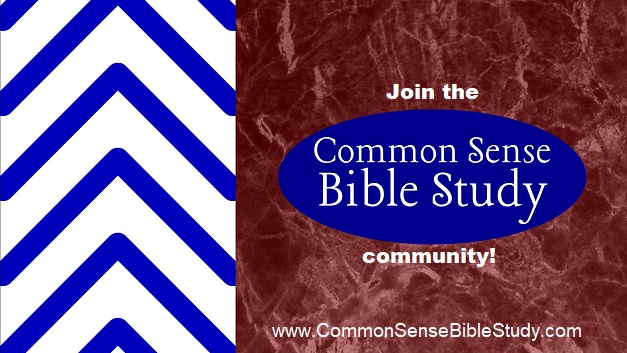My wife and I had two photographers at our wedding, my sister Regina and a professional that we hired for the day. They wandered around ahead of the big event, snapping photos–both candid and posed–of the preparations. They took many more pictures of the ceremony, capturing the moments and expressions, the dresses and flower arrangements, and of the celebration afterwards.
When the digital images were available online, Paula created a photo book from the best pictures, and we keep it on the living room coffee table to this day. A few pictures are in frames and on walls in other rooms. Tucked away somewhere, we also have copies of our vows and invitations, the guest list, and all of the cards that we received from family and friends.
Everything about our wedding held significant meaning for us. We put many hours of thought into our vows, the choices of colors and flowers, the guests we invited, the design and ingredients for the cake, the embroidery on my tallit, and many other elements. Our vision for our coming life together was, in many ways, symbolized by the ceremony and trappings of our wedding, even the higher-than-predicted wind that gave so many of the family portraits a mildly comical flavor. It was a beautiful day–one of the most important of our lives–and we wanted to remember it all.
We are fortunate to live at a time when technology allows us to record important events in minute detail. We have computer records and photography and video so that we can go back and see the expressions on individual faces decades later. People used to have to rely solely on their memories and the written word. There are pros and cons to both, I suppose.
These are the records of the tabernacle, the tabernacle of the testimony, as they were recorded at the commandment of Moses, the responsibility of the Levites under the direction of Ithamar the son of Aaron the priest.
Exodus 38:21
Why Is the Tabernacle Important?
Precious metals and stones, threads and fabrics, skins, wood, oil, spices, measurements, directions, and rituals… Then more of the same. And more again. Sometimes it seems like the last third of the Book of Exodus reads more like a hardware store inventory than a work of spiritual truths, but it’s actually the record of a wedding (or of a betrothal ceremony, depending on how you look at it).
God is timeless and unimaginably powerful; he created the universe with only a few words. Be assured that he doesn’t do anything frivolously, and every detail that he told his prophets to write down for us is elegantly profound even when it appears to be drab. He wants us to remember the events at Sinai with all their pageantry and to meditate on them frequently. He wants us to search out the many dimensions of meaning in the forms and functions of Priest and Tabernacle, meaning both to him and to our relationship with him.
In the Exodus description of the Tabernacle and the priesthood, God used words, colors, materials, and measurements to paint a picture for us of his plan for us and our relationship with him. Our sins and his gracious forgiveness, our worship and his love, our failures and his Messiah, all laid out with gold and silver, crimson and blue, incense and oil, in more dimensions that we can perceive and probably more than we can understand.
God’s thoughts are too complex–incomprehensible, even–to be reduced to mere words, instead he primarily communicates to us through stories, objects, people, and events. The interplay of the varied elements over time is like an animated work of art carved into the heart of a gemstone that reveals a different aspect of the same story in each separate facet.
God’s Religion Is All about Relationship
Studying the Tabernacle and priestly service can be difficult, but as you read the technical-sounding words, remember the divine subtext: God loves us and desperately wants to share his life with us. He betrothed us to himself and gave us this living album to remember that day, to enhance and develop our relationship with him over time, and to remind us of what it promised, a new and better covenant sealed by the blood of Yeshua.
All of these things and much more are recorded in the description of the Tabernacle in Exodus and of the Temple in Ezekiel. Even if you don’t understand what they mean now, keep going back to them, keep meditating on them. Some day when the events of Yeshua’s return begin to unfold around us, you will remember the four pillars before the Most Holy Place or the crown about the rim of the Table of the Presence, and you’ll suddenly think, “Ah! That’s what that meant!”
(The feature image was modified from an original by hillary h at flickr.)
Everything that Yeshua (aka Jesus) & the Apostles taught
Come with me as I draw out the connections that are so often missed |


